andBeyond Galapagos Explorer
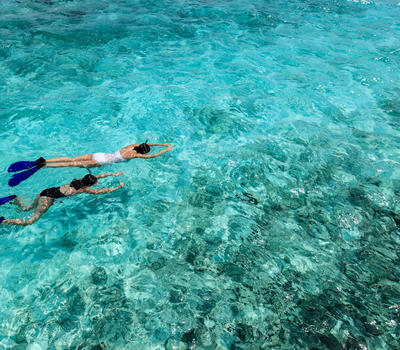
SNORKELLING
Imagine drifting over a volcanic sea floor, only to discover the colourful aquatic life illuminated in the crystal-clear water below. At once you are transported to the underwater world where penguins frolic, turtles glide, iguanas forage, and myriad vibrant tropical fish dart about the aqua expanse.
Show More
Show Less
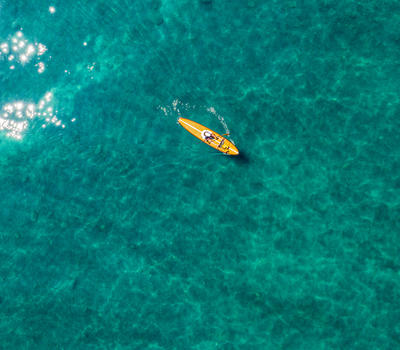
SEA KAYAKING
Teeming with land and marine wildlife, the Galapagos Islands is a sea kayaker’s utopia. Set to your pace, you decide how you wish to explore these pristine waters, with the islands’ remarkable scenery offering the ideal backdrop. As you paddle through the exquisite azure ocean, relax into your magnificent personal aquatic, wildlife show. The opening act dramatically presents Galapagos penguin, sea lion, blue-footed and Nazca boobies, pelican, and marine iguana, to name only a few.
Show More
Show Less

WILDLIFE WATCHING
Marvel at the remarkable native animal kingdom, from giant tortoises peacefully ambling along to the marine iguanas sun-bathing. Watch the waves for pods of dolphin, reef sharks and Galápagos sea lions. The ecology of the islands makes them unique in every way, and because animals here evolved without many predators, they have little to no fear of humans, resulting in spectacular sightings and photographic opportunities.
Avid birders will also delight in their search for the region’s 45 unique bird species. Found nowhere else in world, look out for the Galapagos penguins and Darwin’s finches, not to forget about other interesting birds, including the flightless cormorant, Galapagos waved albatrosses and blue- and red-footed boobies. Head to Isabela Island, North Seymour Island, Española Island and Genovesa Island for some of the best birding spots across the archipelago.
Show More
Show Less
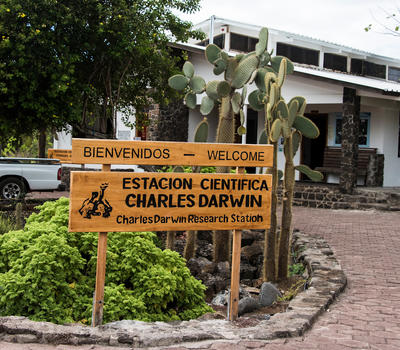
CHARLES DARWIN RESEARCH CENTRE
The Charles Darwin Research Centre on the island of Santa Cruz in Ecuador’s Galápagos National Park features an active breeding centre and informative displays explaining the archipelago’s unique ecology and history. Operated by the Charles Darwin Foundation, the centre strives to preserve the diversity of the Galapagos Islands through continual conservation research and practices with over a hundred educators, research assistants and volunteers.
Show More
Show Less
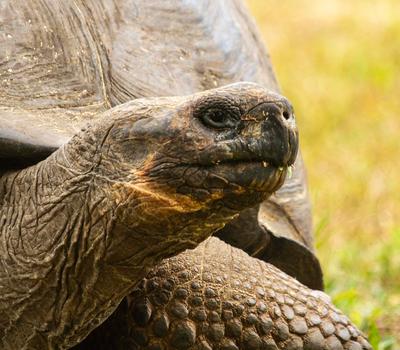
VISITING THE GIANT TORTOISES
Renowned for its unusual wildlife, owing to its isolated terrain shelters, the archipelago’s endangered giant Galapagos tortoises are one of the most iconic creatures you can see while visiting the islands. Weighing up to 213 kg (470 lb), these reptiles have some of the longest life spans on earth and can live for well over a century – up to 150 years, and each species has a uniquely shaped shell. Santa Cruz, the archipelago’s second largest island, offers some of the best sightings of giant Galapagos tortoises at the El Chanto Tortoise Reserve.
Show More
Show Less
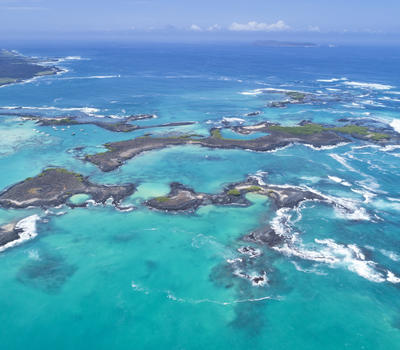
ISLAND VISITS
Island visits in the Galápagos Islands, also known as land-based tours, offers intrepid travellers a unique way of unveiling the magic of the enchanted islands without the constraints of a cruise and predetermined experiences. The Galapagos archipelago is comprised of an extensive variety of islands (13 major islands – ranging in area from 14 to 4,588 km2 (5.4 to 1,771 mi2), plus a handful of islets and rocks), some separated by great distances and offering ample exploration opportunities.
Show More
Show Less









